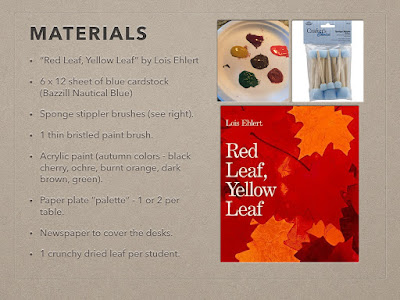Title of Lesson: Matisse Flower Vases
Medium: Paper collage and sharpie
Reason for Lesson: Learn about the artwork of Henri Matisse and the principle of patterns and color.
Label: Color, movement, harmony, Matisse, Flower, Collage, 5th grade
Prep Time: 20 miutes
Preparation prior to lesson: gather supplies, cut tissue paper into 2x2 inch squares
Class Time: 1 hour
Materials: White Background paper. Many different colors of construction paper. Markers, Sharpies, Glue, 2x2 inch square colored tissue paper
Instructions to Lead Lesson:
Introduce Henri Matisse. Give a brief bio and try to relate his life in some way to the kids (keep this lesson time brief, take no more than 5-10 minutes for the Artist lesson)
- Show examples of Henri Matisse’s artwork and have the students discuss what makes Matisse’s artwork unique. Talk about what the artist is trying to convey with his art. What feelings are evoked?
- Have the students discover different repeating patterns in Matisse’s artwork. Have them look for all the different variations of pattern. What colors, themes, medium does he use? What feeling does the repeating pattern create in the artwork? Be sure to point out that Matisse “Painted with Scissors”. He used collage and patterned paper in much of his later artwork.
- Point out that Eric Carle (The Very Hungry Caterpillar) was influenced by Matisse. You may wish to show some of Eric Carle’s books to show how he was influenced.
In 5th grade for the month of January the students are learning about the Renaissance. Use this art lesson to highlight how art is influenced and evolves over time.
- Art prior to the Renaissance (the 1200’s) was flat and lacked perspective or realism. The subjects were not drawn in believable or realistic settings. Show Cimabue, Madona Enthroned
- Most artwork was of a religious theme prior to the Renaissance
- The Renaissance was a time of artistic change. Leonardo Davinci influenced how artists created during the Renaissance. He started adding more realism and made the subjects more lifelike. He also added more believable settings and included nature in his artwork. Show Leonardo, Madonna on the Rocks, 1483)
- What differences do you see in these two pieces? What similarities?
- Fast forward to Henri Matisse (1900’s). Show pictures of Henri Matisse. How is his artwork the same or different from the Renaissance artwork. What elements are the same and what has changed?
- Art is still changing. Eric Carle (1929) was influenced by Matisse. How do you take what you like from your friends and make it your own?
- Create the patterned vase on a collage background artwork
- Begin with Vertical 12x18 in white watercolor paper and 5 sheets of various sizes of colored construction paper and 1 8x10 piece of colored construction paper
- Cut large blocks out of the colorful construction paper students may wish to cut some wavy lines for edges (keep it simple for time)
- Choose two color blocks and draw a repeating pattern with sharpie (time permitting. To finish in an hour this step may need to be omitted)
- Clue colored blocks to cover the entire white paper background.
- Take a 8x10 solid piece of colored construction paper and with the sharpie draw a repeating pattern to fill the entire page.
- Fold patterned paper in half (vertical) with pattern on the inside.
- Draw and S shape on the fold. Be sure to draw the lines from top to bottom staring from the top right corner and finishing at the bottom of the page.
- Cut along the lines and open up to form a vase.
- Glue the vase onto the background aligning bottom edges
- Place Elmers glue drops on the background several inches above the vase at various heights
- Glue down 5-7 pieces of tissue paper. Wait until dry and then crinkle.
- Add stems with construction paper if desired.
Credit: artwork influenced by http://artiswhatiteach.blogspot.com/2010/04/2nd-grade-matisse-flower-vases.html?m=1
























